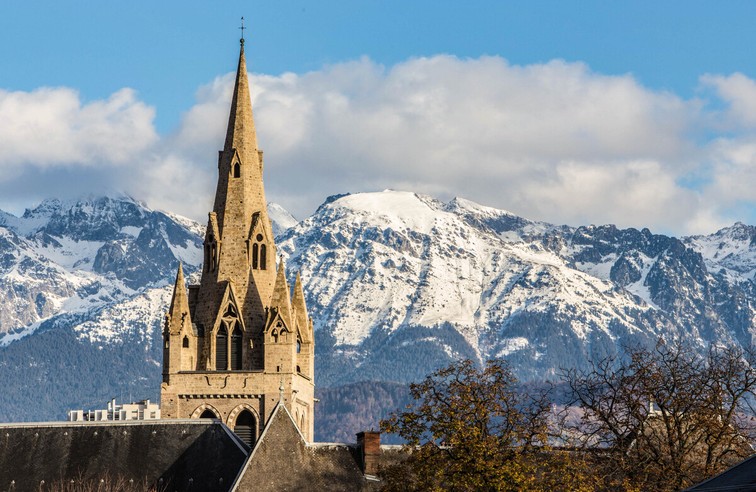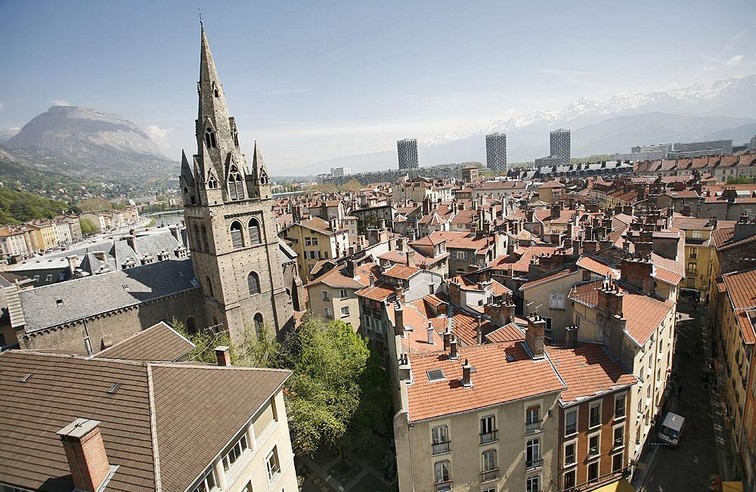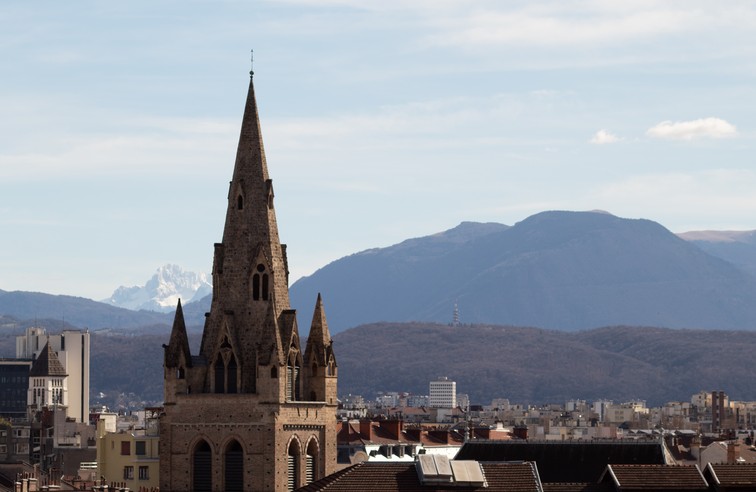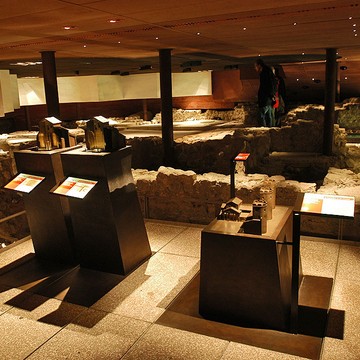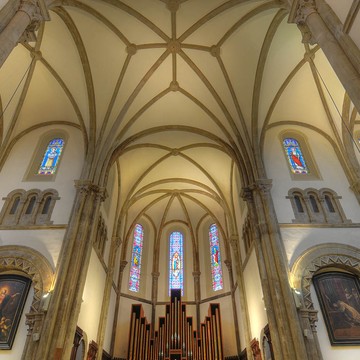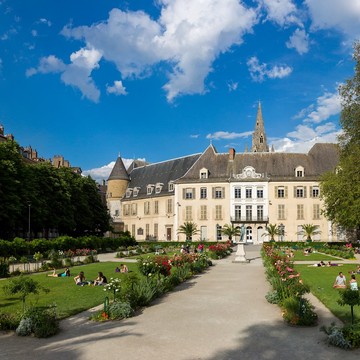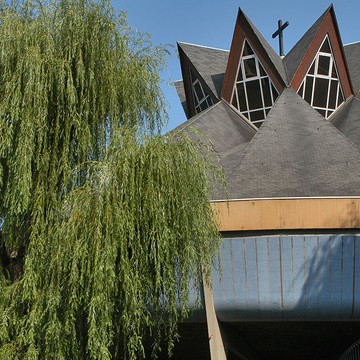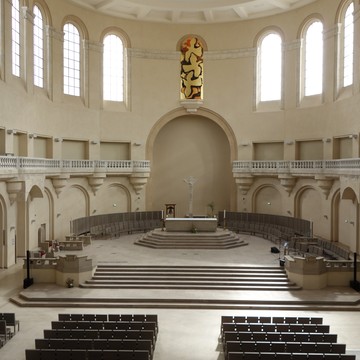Saint-André's Collegial
Beautiful 13th century Lombard style church.
The second largest religious building in the old city, the collegiate church and its beautiful gothic spire mark the heart of the Delphine district, the place of power of the Dauphins in the Middle Ages.
Read more Read less
It was the Dauphin André who, from 1228 onwards, launched the construction of the church in order to install the chapter of canons that he had founded two years earlier in Champagnier, south of Grenoble.
He wanted to assert his power over the bishop.
This chapter or college of canons gave its rank to Saint André, which was not a parish church before the Revolution but a collegiate church. The chapter of Saint André had 12 canons and a superior, the Provost.
Today, there are only tiny remains of the canons' dwelling.
Their small houses and their cloister were destroyed at the beginning of the Revolution.
As the second oldest chapter in the town, the canons of Saint André always had to take the lead during festivals and processions and give the place of honour to the dean and canons of the cathedral chapter. The conflicts of precedence between the two chapters were legendary.
Built in the 13th century, a time when religious and noble buildings were built in brick, the collegiate church of Saint Andrew is no exception to the rule.
Only the base and the northern chapels, built later, are made of limestone, as well as the elegant gothic spire with four bells built of tuff stone and completed in 1331.
The highest building in the city until the second half of the 19th century (56 metres), the bell tower of Saint Andrew's housed the city's first public clock in 1398, after agreement with the canons.
-
Saint-André's Collegial
place Saint-André
38000 GRENOBLE
Route
- Languages: Fr
Rates
Free access
Opening periods
From 01/01 to 31/12, daily.
Equipments and characteristics
- Pets refused
- Accessible for self-propelled wheelchairs
